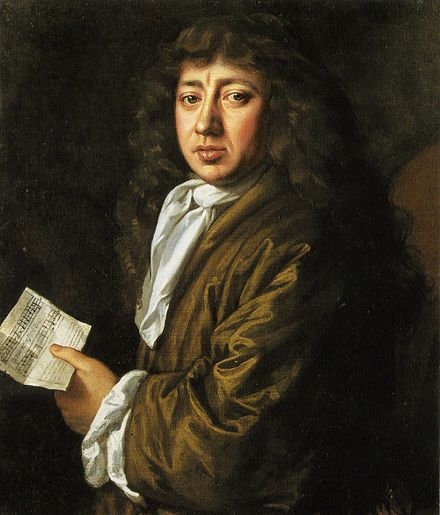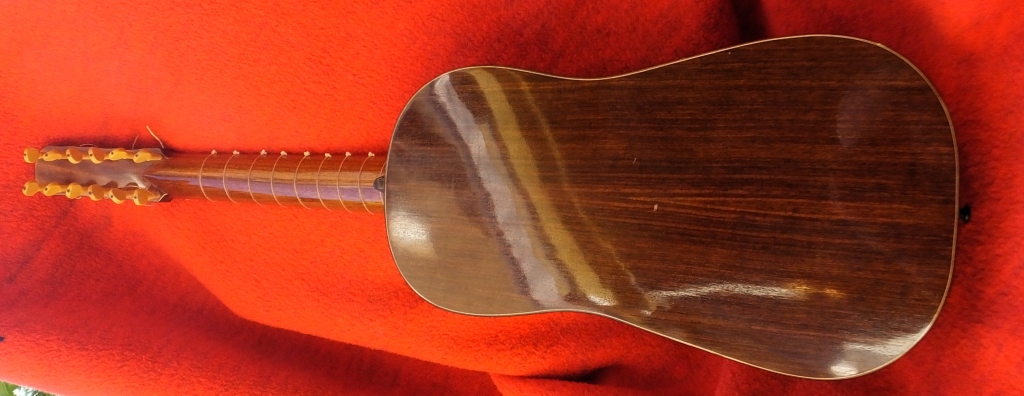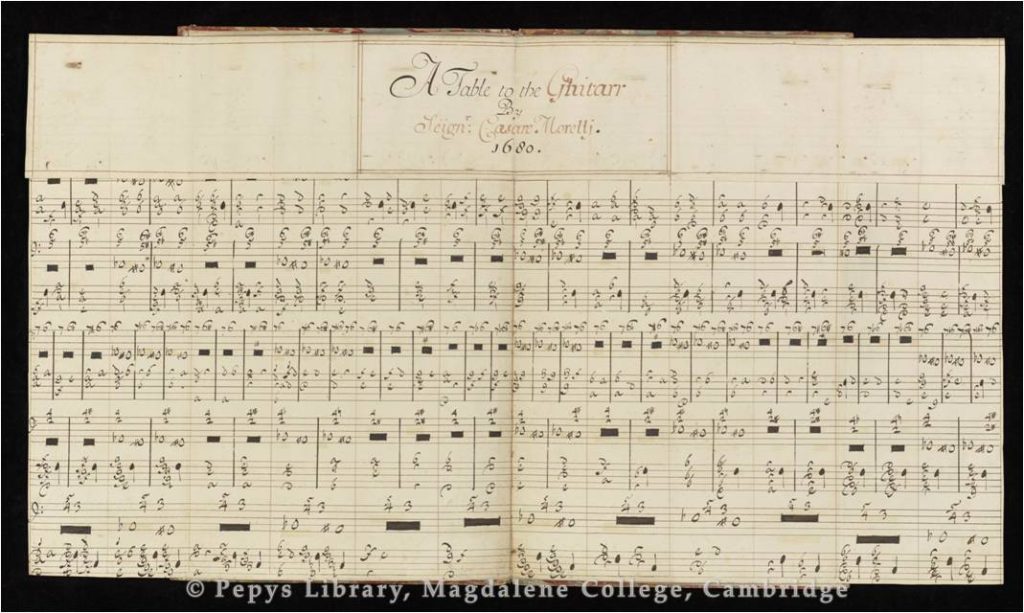To be or not to be – Shakespeare, Hamlet Soliloquy, music by Cesare Morelli (sung in Hungarian)

To be; or not to be; that’s the Question.
Whether’t be nobler in the mind;
to suffer the slings and arrows
of outrageous fortune; or to take arms
against a sea of trouble, and by opposing end them?
To die; to sleep; Noe more.
And by a sleep to say wee end the Heartake,
and the thousand nat’rall shocks the flesh is Heir to,
is a consummation devoutly to be wished.
To die; to sleep. To sleep; perchance to dream;
I, there’s the rubb. For in that sleep of death,
what dreames may come;
when we have shuffled off this mortall Coyle,
must give us Pause. There’s the respect,
that makes Calamity of so long life.
For who would bear, the whipps and scorns of Time,
the Oppresour’s wrong, the poor man’s Contumelys,
the pangs of despis’d Love, the Law’s delays,
the Insolence of office, and the spurns
that patient Meritt of the unworthy takes,
when hee himself might his Quietus make,
with a bare Bodkin? Who would these fardles bear,
to groan and sweat under a weary life,
but that the dread of something after death,
that undiscover’d Country, from whose Borne
no Traveller returns, puzzles the will, and makes us
rather bear, those Ills wee have, than flie
to others that we know not of?
Thus, Conscience makes Cowards of us all;
and thus, the native Hue of Resolution,
is sickly’d o’re with the pale Caste of Thought;
and Enterprizes of greatest Pith and Moment,
with this reguard, their Currents turn awry,
and Loose the name of Action.
Text variant from the ayre of Cesare Morelli’s sheet music
Hogy lenni, vagy inkább nem lenni? Ez a kérdés.
Mi az, mi embervolthoz méltóbb,
viselni tán a vak sors csapásait,
csak tűrni? Vagy inkább fegyvert fogni,
szembeszállni, véget vetni tenger kínnak?
A halál csak alvás — nem más.
És ettől végre nyugszik fájó szívünk,
véget ér az ezer nyűg, mi létünk jussa:
Az elhálás, a nász, mit vágyva vágyni kell.
A halál csak alvás, s az alvás álmot hoz tán.
Jaj! Itt a gond. A halál álma
még mit tartogat?
Levetni, hogyha kell, e porhüvelyt,
megálljt ez mond. Ez az a rettenet,
mitől a kínos földi lét oly hosszan tart.
Az évek kíméletlen, kínzó ostorát,
a zsarnok elnyomást, sok önhitt, pimasz frátert,
a viszonzatlan szerelmet, a jogtiprást,
a hivatali önkényt, s hogy a tisztességre
köpnek, mindezt ki tűrné el,
ha önmagának máris békét adhat?
Csak egy éles tőr kell! Kí tűrne létnyomort,
ki hordana izzadva terhet itt,
hacsak e kín, a rettegés, a félsz
az ismeretlen hontól, ahonnét még
utas meg nem tért, nem fékezi?
Hát így választjuk mind az ismerősebb rosszat,
semmint egy ismeretlen mást.
Lám, gyáva, mert fontolgat az ember,
és a biztos válasz tiszta színét
így mossa szét a szürke ráció,
a büszke s bátor pillanat döntései
így válnak köddé, belőlük így lesz
nagy tett helyett nagy semmi.
translated by Gábor Domján
Baroque guitar (vihuela strung as 5 course baroque guitar)
VIHUELA
copy built by Tihamer Romanek in 2013. The original instrument: „Quito vihuela” (Iglesia de la Compañía de Jesús, Quito, Ecuador).
.



Samuel Pepys, famous for his cryptograph diary of contemporary historical value, had his favourite poems set to music by his own household composer and guitar teacher Cesare Morelli. The manuscript MS 2591 at Magdalena College, Cambridge, contains 51 of these works, including Shakespeare’s famous Hamlet soliloquy.
In 1667, Pepys still wrote on the baroque guitar in this way:
„I there espied Seignor Francisco tuning his Gittar, and Monsieur De Puy with him, who did make him play to me: which he did most admirably, so well I was mightily troubled that all that pains should have been taken upon so bad an instrument.”
Later on, when King Charles the second was learning to play the guitar, this 5 course instrument came into fashion and then in 1675 Cesare Morelli, a Catholic musician who was then living in Portugal, was put into the service of Samuel Pepys in England. His Catholicism and his refusal to enter the Anglican Church caused Pepys serious problems. For the first time, in 1678, all Catholics were banished 30 miles from London. At that time Pepys kept in touch with his household musician by letters, which may have had something to do with his own imprisonment shortly afterwards. It was only after his release that he was sometimes able to take guitar lessons in person from his esteemed master who by regulation had to live in the countryside. Pepys was thus most likely unable to acquire any particular virtuosity on the baroque guitar as Morelli left England in 1682.
About my presentation:
My aim was not to give a historically authentic presentation. If so, it would have to be more opera-aria-like sounding I believe. Also, the accompaniment could certainly have sounded far more elaborate if – let’s say – Morelli had played and Pepys had sung the song. Several of these more “authentic” performances can be found on youtube. Apart from wanting to give my own interpretation of the work in Hungarian, I was also concerned – as Pepys probably was – to put a simple, amateur guitarist’s like accompaniment to the song. Morelli, perhaps keeping Pepys’ abilities in mind, indicated only chords and their strumming up or down in the tablature. That’s pretty much what I did.
About the translation:
I would rather call it a paraphrase of a song lyric. My primary concern was singability. The musical arrangement dictates where and what should be heard from the original text. It was important for me to stick to this trying to keep the original melody and rhythm as much as possible. (At some points it was impossible as Hungarian words are about 30% longer than English ones, which is why our famous 19th c. poet János Arany translated the 35-line Hamlet monologue in 37 lines, for example.)
On this site which was meant to be made for translations chiefly, you can listen to the Hungarian version only, but I have recorded the original English version as well. This can be found separately here.

